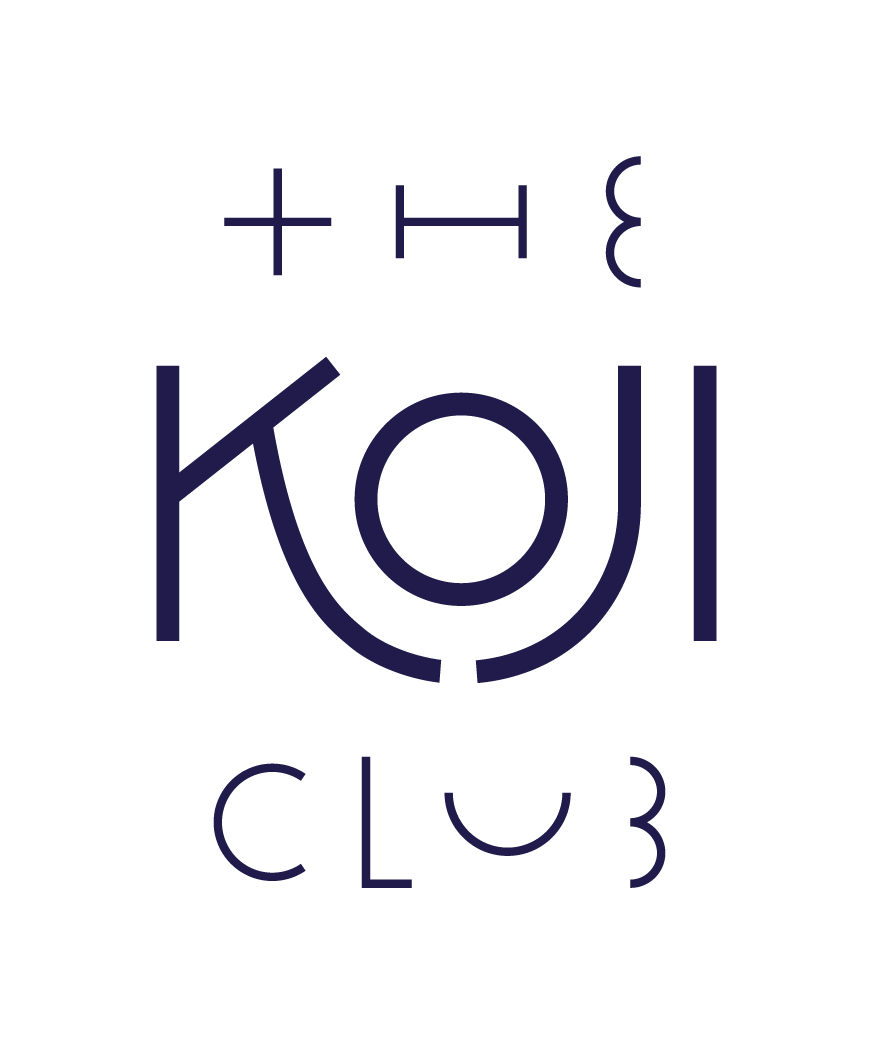A Day with Kato Sake Works
Hi there! My name is Claire. You may have seen me around a TKC zoom session, or perhaps just my arm from its cameo appearance in The Koji Club tote bag pic. Either way, I figured it’s time to step out from behind the blog and say hello!
Photo by Kibbee Miller
A few things about me…
I help to write The Koji Club blog. It’s not my day job, but I love it dearly. Since this is my first time as a “blogger”, I thank you for joining me on this journey. We shall whiteknuckle this together!
A decade ago, Alyssa hired me as a hostess at o ya. We’ve been best friends ever since.
If I wasn’t tone deaf, my karaoke song would be Roxanne by The Police. Rather than subject anyone to my rendition of Sting in the 70’s, I named my sourdough starter Roxanne instead.
But the greatest thing you should know about me is my profound love of sake. A decade ago, I was introduced to it by— you guessed it—the Queen of Sake herself. 👑
That love is what propelled me to follow in Alyssa’s footsteps and sit for my Level One Sake Professional Course in 2016. Ever since, I have dreamed of completing the Advanced Sake Professional Course in Japan for one reason: to work in a sake brewery. Specifically, to clean a sake brewery.
Working in a sake brewery is not an ASP requirement, but the course itinerary is full of brewery tours and I figured if I was already going to be there...maybe the brewers would be amenable to some extra hands.
Why my desire to clean a sake brewery? Well, first, the toji certainly wouldn’t give a little American newbie any other role. But mainly I imagined cleaning to be the perfect gateway for better understanding Koji and what sort of environment that fascinating microbe needs to make such a fascinating beverage.
So when Shinobu invited Alyssa to stage at Kato Sake Works (and my dreams of Japanese sake adventures this year covid-canceled), I boldly requested an invitation as well. Graciously, Shinobu obliged.
Arriving early to the tiny Bushwick brewery, we met Shinobu, Eric and Jeanie as they were just starting their day. Next was the tour. Lasting all of ten minutes, I was completely taken aback by the efficient use of space throughout the 500 square-foot brewery and tasting counter. Years of restaurants had taught me mise-en-place, but this was next level.
All 500 feet were used to neatly hold the ample equipment needed to take care of six separate batches of sake through each laborious step in the brewing process. The brewery even included a tiny koji room where the brewers inoculate polished and steamed Calrose rice with koji spores.
A brief recap of everything we did that day entails: sanitizing; pole-ramming the kimoto moromi mash; sanitizing; tasting; sanitizing; pole-ramming the mirin moromi mash; sanitizing; racking, sanitizing and filling bottles; sanitizing; eating Roberta’s pizza (delicious with nigori!); sanitizing; capping and boxing bottles; sanitizing; labeling bottles; sanitizing; cleaning kegs.
Besides showing me precisely where I’d want to be if Covid-20 ever comes-a-knockin’, my day at Kato proved you don’t need much to create something magical as long as you care about every. little. detail.
Peering into the bottom of a keg as I rinsed it for the third time, I wondered what the world would be like if we brought that same attention to detail to our everyday life? Our lives would surely have to shrink—perhaps to just 500 square feet—but how much meaning those little things would take on? How big would life become if every aspect counted? Suddenly cleaning the keg became all-engrossing work and my movements took on a meditative state.
I left Kato with exactly what I had come for: a much deeper understanding of the (exacting) environment needed to cultivate koji and brew delicious sake. But I couldn’t shake the feeling that behind Shinobu’s shy smile were a few more lessons to living a rich and purposeful life. Perhaps the rest can be learned through drinking his sake.
Photo by Alyssa






You may also know her as the baking genius who created The Koji Club’s outstanding Kasu Cake with Orange Blossom Sugar and Ginger Whipped Cream. Recently, I had the good fortune of catching up with Folu Akinkuotu to hear how Unsnackable and Humble Brag Diet, another cheeky-named creation of hers, came to be.